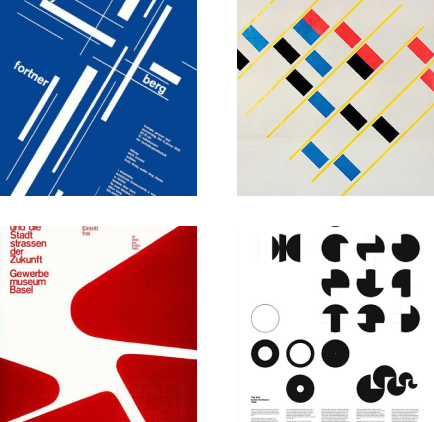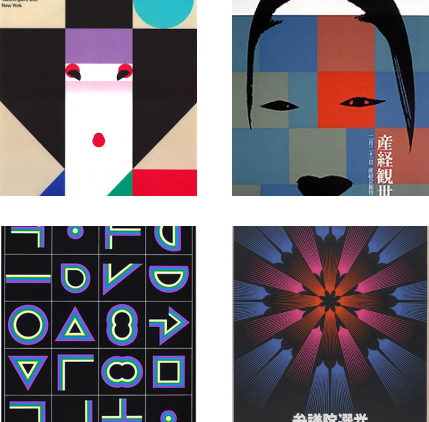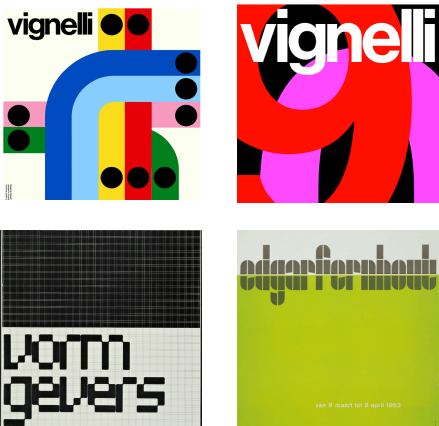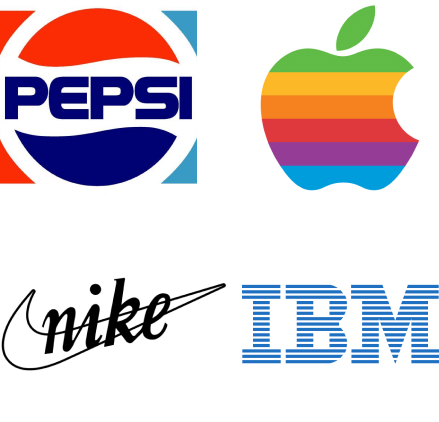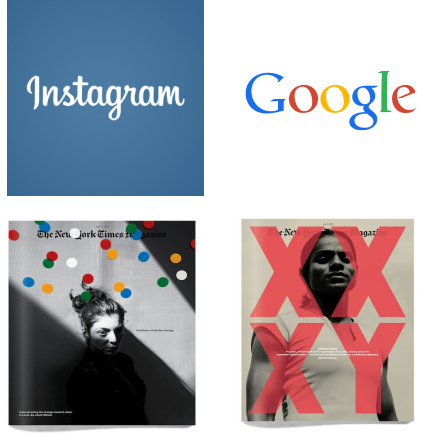The seeds of minimalism in graphic design were sown in the early 20th century as a counter-movement to the intricate and ornate styles that dominated the design landscape. The Bauhaus school, established in Germany in 1919, played a seminal role in the evolution of minimalism. Visionaries like Wassily Kandinsky and László Moholy-Nagy championed a design philosophy that emphasized simplicity, functionality, and the use of basic geometric shapes. This departure from excess paved the way for a more streamlined and purposeful aesthetic.

